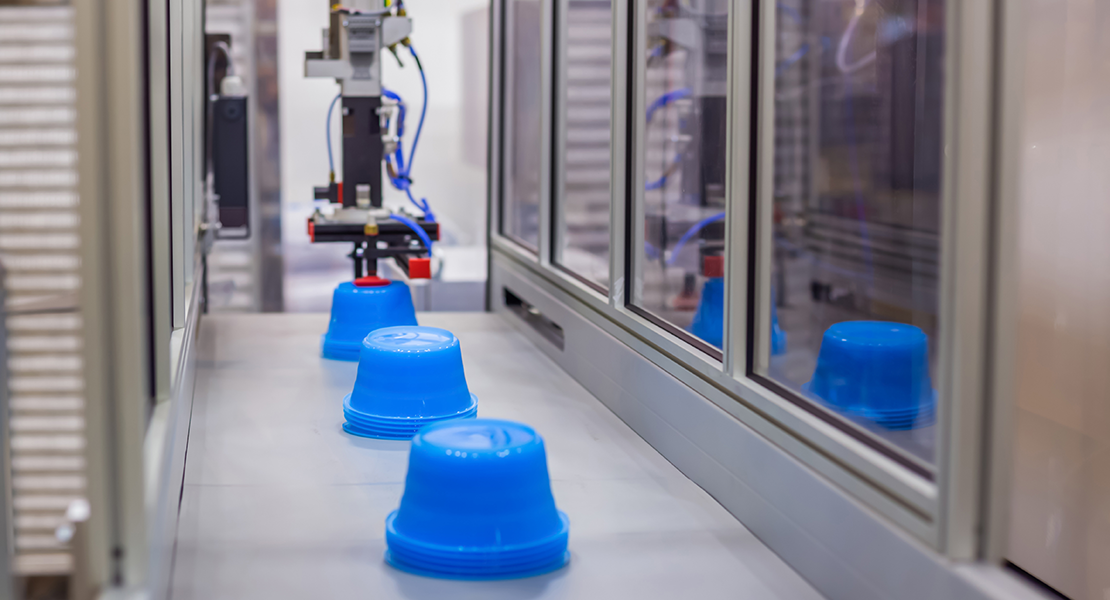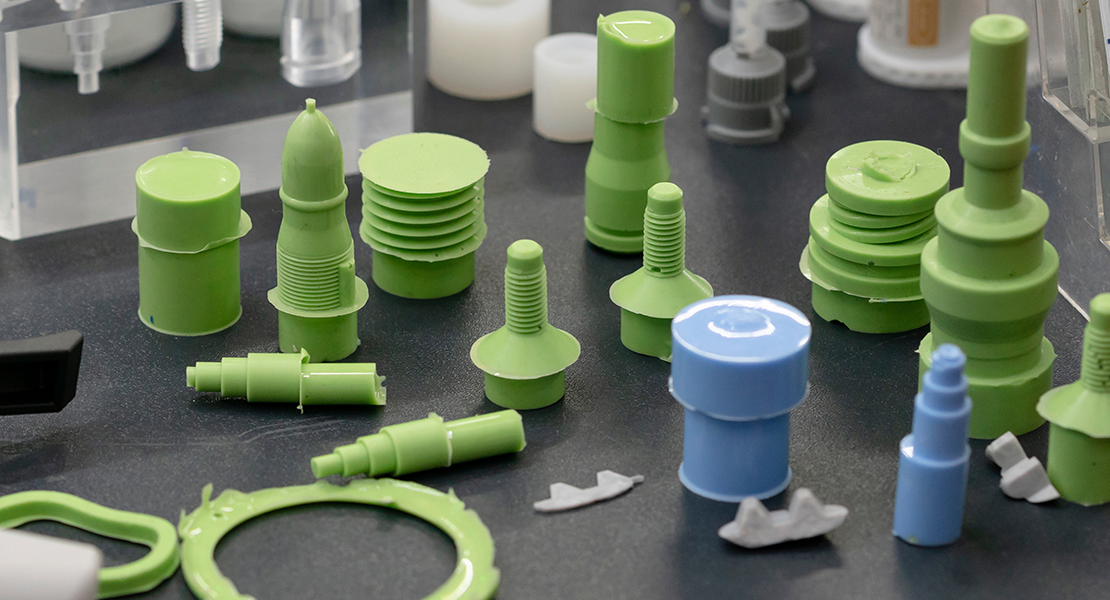With over 85 thousand varieties of plastic materials to choose from, product designers, entrepreneurs, and others can find it confusing to pick the right material for the job. When opting for plastic injection moulding, product designers and engineers should consider not only the resin to use but also the material choice for the injection mould tool itself. The choice of tooling raw material impacts production lead times, cycle periods, quality and cost of production. To help decide which material is best for the project and business, it’s important to consider the pros and cons of each option.
Want to learn more about injection moulding? Have a read through our page on what is injection moulding?

Characteristics for plastic injection moulding materials
There are endless variations within each material, so focusing on the main properties can help to fit the final choice in with the desired outcome. All materials have their own main properties, and it is crucial to look at the overall characteristics they provide.
The main characteristics include hardness, flexibility, weight, and cost.
Hardness
The most familiar way to measure a material’s hardness or resistance to modification is by using a device to measure shore hardness, measuring softer and harder plastics. The scale for both types varies from zero to 100. The hardness is also referred to as shore hardness.
Flexibility
A common misconception in the plastics industry is that most soft materials are flexible, and all hard materials are inflexible. It is important to know the difference between the material being soft versus flexible. Depending on the product or shape that the manufacturer is creating, the flexibility of the materials must meet a certain standard.
Weight
Material weight consequently plays another role in material selection. The density of a plastic polymer will determine how heavy or light the end product turns out to be which will be a large feature in any product specification.
Cost
Material cost is certainly an important factor when it comes to manufacturing any product as the business will need to be cost-efficient and stick to particular budgets. However, it is also important to make material decisions based on the product application.
Other characteristics to consider when deciding which material to injection mould include environmental conditions of the final product (such as temperature, UV and flame resistance), aesthetic features and ergonomic needs.

Common plastics used for injection moulding
Here are some of the more popular plastics commonly used in injection moulding.
Acrylonitrile Butadiene Styrene
ABS is a tough and impact-resistant plastic material choice and is widely used across a number of industries. It is suitable for handheld consumer devices such as remote controls, phones, computers, and cosmetic parts. ABS also offers low shrinkage qualities, making it a popular choice for everyday products.
Polycarbonate
Polycarbonate, also referred to as PC is a strong polymer that is impact resistant with a low shrink rate and sound heat resistance. This makes it a popular choice for indoor and outdoor lighting, automotive parts, eyewear, medical instruments and protective gear.
Polyamide
There are many different types of PA or nylons available for plastic injection moulding. These material types include high strength and high-temperature resistance and are also resistant to a range of chemicals. PA is a good material for products such as screws, nails, gears and components in mechanical groups.
Polyoxymethylene
POM has useful properties of toughness, stiffness, hardness and strength. It also has lubricity, causing it to be resistant to hydrocarbons and organic substances. POM is selected due to its good elasticity, meaning it works well for gears, buttons, knobs, switches and electrical components.
Polypropylene
Polypropylene is an inexpensive resin choice with heightened impact resistance. This resin is water-resistant, flexible, and immune to acids. Another unique characteristic of PP is its ability to be bent frequently without breaking making it a top choice for lids and toppings. polypropylene’s low density means there are weight benefits for the manufacturer, making it a cost-efficient solution. Aside from consumer items, this thermoplastic is also used for dishwasher-safe plates, Tupperware, cling film, sandwich bags and food pots.
Pro Mould’s Services
With 20-plus years of experience in injection moulding, Pro-Moulds take pride in manufacturing moulds to the highest standards. Pro Moulds provide toolmaking, tool repair, laser welding and injection moulding services. Working with a range of industries, Pro Moulds have a well-equipped tool room with new advanced technology and softwares.
Our teams of designers and engineers provide extensive knowledge in construction, automotive and mechanics. Optimising both design and manufacturing skills, pro-moulds also offer repair and maintenance servicing for all customers.
Visit Our Machinery page for more information on the equipment available and in house plant list.
